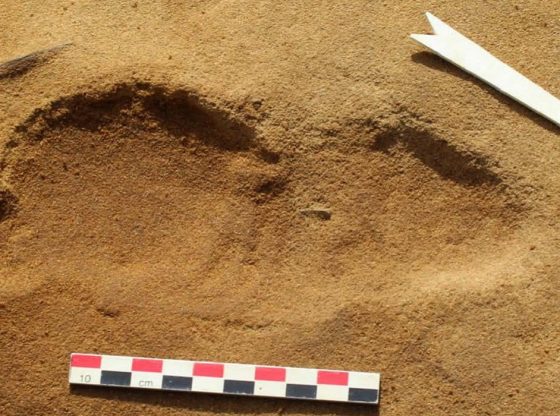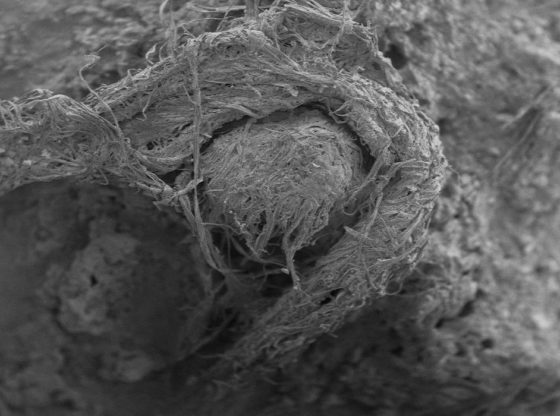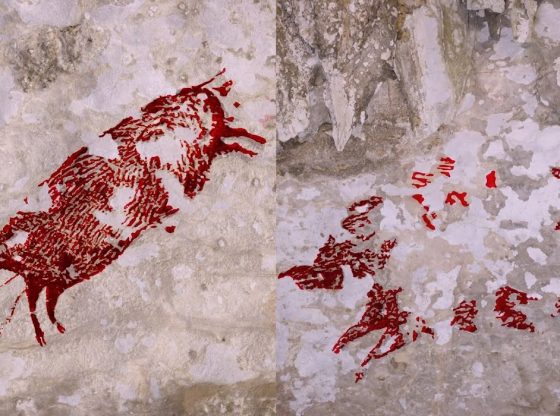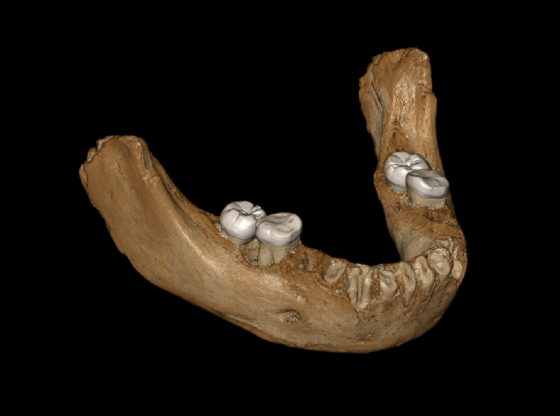
Credit: Paweł Valde-Nowak
When researchers discovered the oldest human remains ever found in Poland a few years ago, they didn’t realize that the bones were hiding a grisly secret.
The remains, discovered in Poland, date back over 115,000 years. They are the oldest ever found in the country and have provided scientists with new insight into how and where our ancient relatives lived. Before now, the oldest human remains found in Poland dated to around 50,000 years.
The astonishing find was discovered during excavations in Cave Ciemna in Ojcowski National Park, near Kraków, as part of a Polish science centre grant. And the researchers identified the bones are phalanges from a Neanderthal child’s hand. The tiny phalanges, or digital bones of the hand, are about 1 centimeter long and belonged to a Neanderthal child who was between 5 and 7 years old.
But now, in a study that will be published in the Journal of Paleolithic Archaeology later this year, researchers reveal the discovery of the digested Neanderthal digits. The bones are less than one centimeter long and were found alongside other animal remains.
“We have no doubts that these are Neanderthal remains, because they come from a very deep layer of the cave, a few meters below the present surface. This layer also contains typical stone tools used by the Neanderthal,”
“Analyses show that this is the result of passing through the digestive system of a large bird. This is the first such known example from the Ice Age,”
– Paweł Valde-Nowak, from the Institute of Archeology at Jagiellonian University, told Science in Poland.
An analysis revealed that the bones were covered with dozens of holes, creating a very porous surface. The researchers believe that the bird either attacked and partially consumed the child, or fed off of the child after it died. At this point, it could be either, they said.
A large bird could have potentially attacked a small Neanderthal child. Alternatively, the bird could have scavenged the bones from a dead body. At the moment, the researchers say, either option is plausible.











![OpenAI. (2025). ChatGPT [Large language model]. https://chatgpt.com](https://www.illustratedcuriosity.com/files/media/55136/b1b0b614-5b72-486c-901d-ff244549d67a-350x260.webp)
![OpenAI. (2025). ChatGPT [Large language model]. https://chatgpt.com](https://www.illustratedcuriosity.com/files/media/55124/79bc18fa-f616-4951-856f-cc724ad5d497-350x260.webp)
![OpenAI. (2025). ChatGPT [Large language model]. https://chatgpt.com](https://www.illustratedcuriosity.com/files/media/55099/2638a982-b4de-4913-8a1c-1479df352bf3-350x260.webp)








